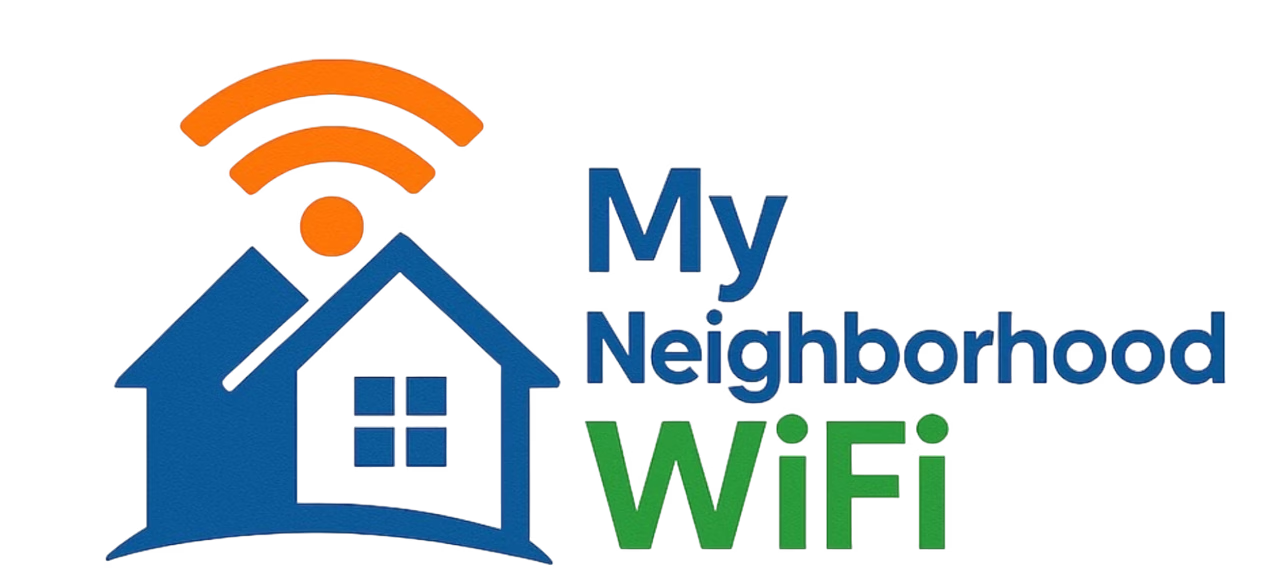
If you’ve ever wondered whether you’re really getting the internet speeds you’re paying for, you’re not alone. Testing your internet speed is one of the quickest ways to check the health of your home WiFi. Whether you’re streaming, gaming, working from home, or just browsing, knowing how to test your connection properly can save you a lot of headaches. In this guide, we’ll cover quick and easy ways to test your internet speed like a pro, so you can feel confident about your network performance.
Why Test Your Internet Speed?
Before we dive into the “how,” let’s break down the “why.” Here are some good reasons to check your internet speed:
- To verify if you’re receiving the speeds your internet plan advertises.
- To troubleshoot slow browsing, buffering, or dropped connections.
- To make sure your WiFi setup supports gaming, video calls, or streaming.
- To identify whether the issue is with your provider or your own home network.
Understanding the Basics of Internet Speed
When you run a speed test, you’ll see a few key numbers. While these results may look complicated, they’re actually easy to understand.
- Download Speed: How fast data is pulled from the internet to your device (important for streaming, downloads, video calls).
- Upload Speed: How fast data goes from your device to the internet (important for gaming, live-streaming, cloud sharing).
- Ping (Latency): The reaction time of your connection. Lower ping = less lag.
- Jitter: The stability of your connection over time. Low jitter means consistent performance.
Quick and Easy Methods to Test Your Internet Speed
There are several simple ways you can check your connection without needing advanced tech knowledge. Below are reliable and user-friendly options.
1. Use Online Speed Test Tools
Free internet speed tests are widely available and typically only take seconds to complete. They measure your download, upload, and ping. A quick search gives you plenty of reliable tools that work directly in your browser.
- They’re fast and user-friendly.
- No downloads required for most tests.
- Work on mobile devices and computers alike.
2. Speed Test Apps on Mobile Devices
You can also install apps from trusted app stores to test speeds on your phone or tablet. This is especially helpful when you want to evaluate WiFi performance in different rooms of the house.
3. Router’s Built-in Speed Test Options
Many modern WiFi routers offer speed testing features inside their companion apps. This lets you run a test directly from the router, which shows your actual network performance before WiFi interference.
4. Testing With Video Platforms
Sometimes, you don’t need a formal test to see how your internet performs. Platforms like YouTube let you adjust video quality. If your connection struggles to stream HD or 4K without buffering, that’s an easy sign you may need faster speeds or network optimization.
Tips to Get the Most Accurate Speed Test Results
- Use a Wired Connection if Possible: Plugging your computer directly into the router gives the most accurate test.
- Pause Background Activity: Stop downloads or streaming during your test for best results.
- Try Multiple Times: Run the test a few times at different hours of the day for an average reading.
- Test Different Devices: Compare speeds on your laptop, phone, and tablet to see if one device is slowing down.
How to Read and Interpret Test Results Like a Pro
Once you’ve tested your network, the next step is understanding what the numbers mean.
| Connection Activity | Recommended Download Speed |
|---|---|
| Email, Browsing | 3-5 Mbps |
| HD Streaming | 5-10 Mbps per stream |
| 4K Streaming | 15-25 Mbps per stream |
| Online Gaming | At least 10 Mbps (low ping is key) |
| Video Calls | 3-6 Mbps (both upload and download) |
Keep in mind that if multiple people use the internet in your household, you’ll need to add these numbers up.
Testing Internet Speed Across Your Home WiFi
Your internet may test fine next to the router, but what about in your bedroom or backyard? WiFi speeds vary by location, walls, and interference. Here are steps to test across your home:
- Walk around with your phone or tablet and run speed tests in each room.
- Note areas where speeds are slow or where WiFi drops entirely.
- Consider adding WiFi extenders or mesh systems to boost weak zones.
Ask the Community for Insights
If you’re not sure how your results compare, it can be helpful to see what others are experiencing. Many users share their speed test results and troubleshooting tips on platforms like Reddit or Quora. These communities can help you determine if your connection looks normal or if something’s off.
Advanced Speed Testing Tips
If you want to go beyond just one-click testing, here are a few more professional-style checks:
- Test at the Modem vs. the Router: Helps you see if slowdowns are caused by WiFi or your direct internet connection.
- Check Different Devices: If one computer runs slowly but another doesn’t, it may be a device-specific issue.
- Use Long-form Tests: Some tools let you measure connection stability over longer periods to catch inconsistencies.
When to Contact Your Provider
If your results are consistently below what you pay for, it might be time to check in with your service provider. But before you do, make sure:
- You’ve tested at different times of day to rule out network congestion.
- You’ve tested with a wired connection for accuracy.
- You’ve ruled out device problems or WiFi dead zones inside your home.
Wrapping Up
Learning quick and easy ways to test your internet speed helps you stay in control of your digital experience. From online tools to router-based tests to practical everyday streaming checks, understanding your connection is simpler than ever. With consistent testing and a little troubleshooting, you can enjoy faster, more reliable internet across your entire home.
“Most inquiries are answered within the same day”
Written by admin
Content writer and tech enthusiast sharing insights on internet connectivity.



